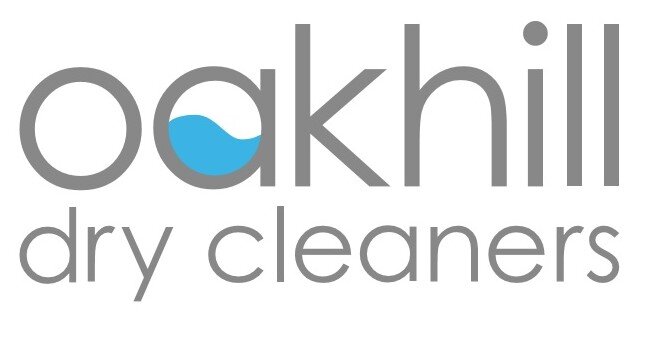The Germ-Away Challenge: Week Two
Is Your Bedding a Germ’s Favorite Holiday Destination?
Our beds are a retreat, and it is why experts nudge us to make our bedrooms little sanctuaries where we can get away from it all. A mini-vacation destination, if you will.
And just like we enjoy a great spot to retreat, so too do germs, bacteria, dust mites, and…well, why go on? We all know about the disgusting statistics that relate to things like our pillows and mattresses. (You don’t? I won’t tell you how many pounds of dust mites live in your pillow and box spring…I’ll let this lady tell you about the ecosystem in the average mattress).
The worst details about our bedding, though, are about the germs…all those germs! This week, we’ll focus our germ-away challenge on one of a germ’s favorite places to chill and thrive: the bed, or more specifically, the bedding we use on our beds.
Products that Divide and Conquer
While many of us know to use mattress and box spring covers that prevent dust mites and dander from reaching us as we sleep or filling the air with allergens, there are pillow covers that promise the same, and there are duvet and comforter covers for the job, too. This keeps a lot of trouble at bay.
However, we do sleep on bedding and that means it picks up a lot of body oils, sweat, dead skin cells, bacteria and germs. It is enough to keep the average germophobe awake at night. Fortunately, you can launder sheets and removable bedding on a weekly basis.
According to Martha Stewart, it’s a “a good idea to launder them weekly to remove dirt and dust. Use warm water rather than hot water, which can shrink the material's fibers, and wash printed and colored pillowcases inside out to protect the color. If your sheets feature delicate trim or other features, be sure to check the label for care instructions before washing. Use oxygenated bleach on whites and light colors (chlorine bleach is too harsh for most linens) when dealing with tough stains… When it comes to drying sheets, you should tumble dry them according to the label's instructions, and remove them before they're fully dry to help minimize wrinkles. That being said, make sure sheets are dry before storing them to avoid mildew growth in your home.”
She is also a big advocate of protective covers that ensure bedding won’t need a lot of care during the course of the year, including the comforter or duvet. Not only will the cover block allergens, but also guard against oils and germs. They work well, but she says, they must be washed weekly.
Does that mean decorative comforters (without covers) need regular care? Yes. If you use a top sheet you can get away with once or twice a month. If your comforter sees heavier use without a top sheet or is a bed that welcomes pets, they need regular care. You should always follow the label’s instructions, and many will be surprised that the manufacturer advises professional cleaning.
Why? A few reasons:
· Most home machines are not large enough to wash the comforter fully
· Many are made of materials that cannot or should not be laundered, but instead require dry cleaning
· Many home dryers are not able to get to the high heat settings that kill off germs and dust mites, as well as drying the comforter fully
· Most home machines cannot allow you to re-fluff the comforter properly
There are many things you can do on your own to keep your bedding germ free, but caring for a comforter or duvet is among the most challenging. In fact, it may shorten the lifespan of your costly comforter. Let us do the work. We have free home delivery that allows us to come and collect whatever bedding you need cleaned. We will ensure it is treated in the best way possible, sanitized, and packaged up to be returned to your front door. Let us help you win the germ-away challenge this spring!

